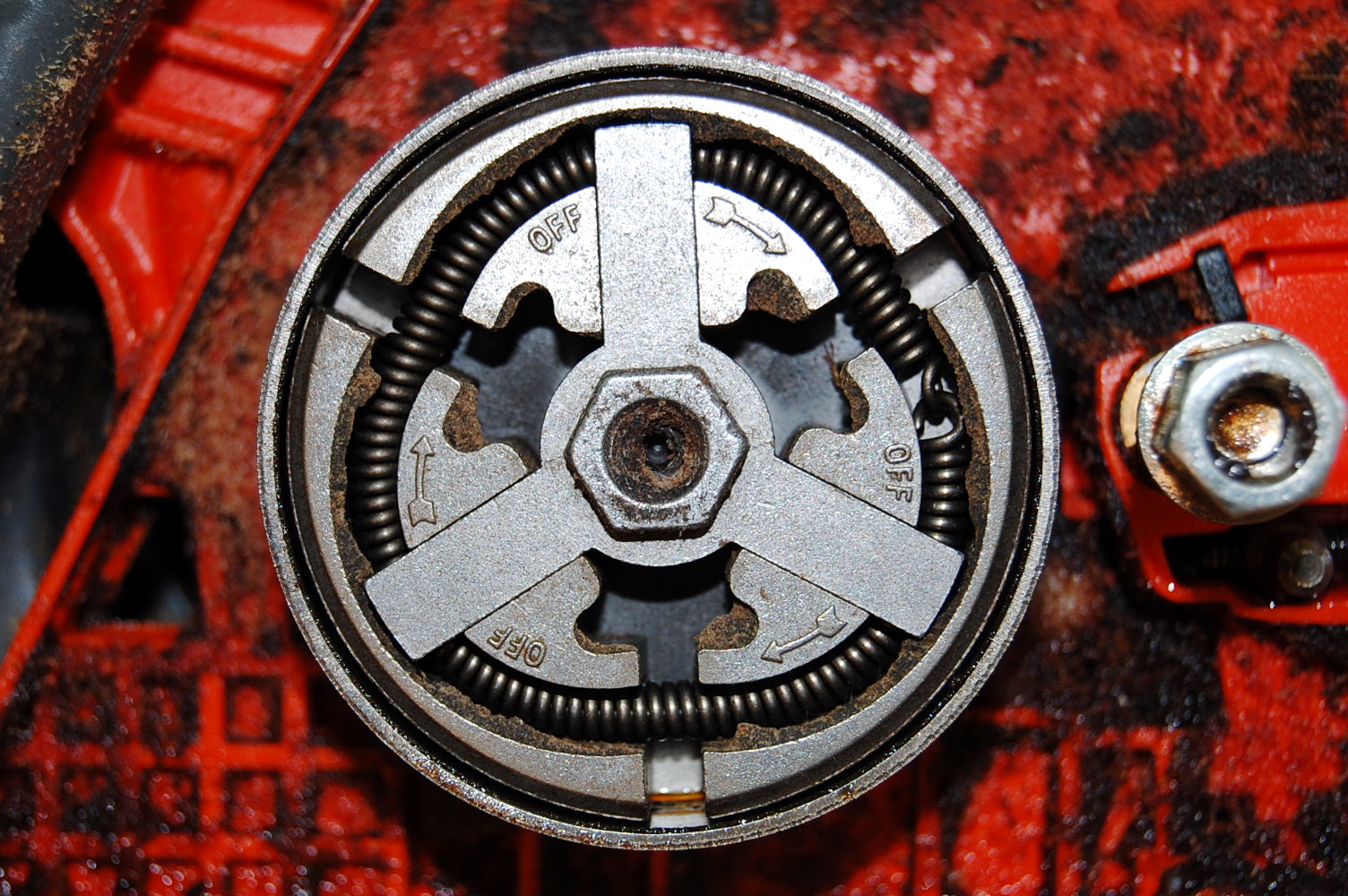Embarking on a journey into the heart of automotive powertrains leads us to a pivotal component — the centrifugal clutch. Understanding how this ingenious device operates is essential for any car enthusiast. In this comprehensive guide, we’ll demystify the mechanics behind the centrifugal clutch, shedding light on its role in transmitting power within automotive systems.
The Centrifugal Clutch: An Introduction
At the core of many motorized vehicles, the centrifugal clutch serves a critical function in managing power transmission. Let’s delve into the intricacies of its operation, uncovering the science that enables seamless power engagement and disengagement.
Power Transmission Basics
Before delving into the specifics of a centrifugal clutch, it’s crucial to grasp the basics of power transmission in a vehicle. The engine generates power through combustion, and this power needs to be efficiently transmitted to the wheels to propel the vehicle forward.
How the Centrifugal Clutch Works
Engagement at Idle
The centrifugal clutch operates on a simple yet ingenious principle. At idle or low speeds, the clutch remains disengaged. This allows the engine to run independently of the transmission, enabling the vehicle to stay stationary without stalling. As the engine’s RPM (revolutions per minute) increases, a transformative process unfolds within the clutch.
Centrifugal Forces at Play
The key to the centrifugal clutch’s operation lies in the application of centrifugal forces. The clutch system comprises weighted arms or shoes that are strategically positioned within the clutch housing. These weights are designed to respond to changes in RPM.
Increasing RPM and Clutch Engagement
As the engine accelerates, the RPM rises, causing the weighted arms to experience increased centrifugal force. This force pushes the weights outward, initiating the engagement of the clutch. The process is gradual, allowing for smooth and controlled power transfer from the engine to the transmission.
Full Engagement and Power Transfer
Once the RPM reaches a certain threshold, the centrifugal forces acting on the weighted arms are sufficient to bring the clutch to full engagement. At this point, the clutch plates or shoes firmly connect, creating a direct link between the engine and the transmission. Power is now seamlessly transmitted, propelling the vehicle forward.
Disengagement During Deceleration
Conversely, when the vehicle decelerates and the engine RPM decreases, the centrifugal forces acting on the weighted arms diminish. This reduction in force allows the clutch to disengage gradually, interrupting the power flow. The ability of the centrifugal clutch to modulate engagement and disengagement ensures a smooth transition between power and coasting phases.
Applications and Benefits
Applications Across Various Vehicles
Centrifugal clutches find applications in a spectrum of motorized vehicles, from motorcycles and mopeds to lawnmowers and small go-karts. Their simple yet effective design makes them suitable for situations where automatic engagement is advantageous.
Benefits of Centrifugal Clutches
The design of centrifugal clutches offers several benefits, including:
- Automatic Engagement: Eliminates the need for manual intervention during engagement and disengagement.
- Smoother Operation: Ensures a gradual and controlled transfer of power, minimizing jolts or jerks.
- Maintenance Efficiency: Relatively simple design reduces the likelihood of frequent breakdowns, contributing to ease of maintenance.
Considerations for Drivers and Enthusiasts

Understanding RPM Thresholds
For drivers and enthusiasts, understanding the RPM thresholds at which a centrifugal clutch engages and disengages is crucial. This knowledge aids in optimizing vehicle performance, especially in situations where precise control over power delivery is essential.
Maintenance Tips
While centrifugal clutches are known for their durability, periodic inspections and maintenance are essential. Checking for wear and tear on the clutch components and ensuring proper lubrication contribute to prolonged clutch life and optimal performance.
Unveiling the Inner Workings
In conclusion, demystifying the operation of a centrifugal clutch unveils an elegant dance of forces within the heart of automotive powertrains. From the subtle engagement at idle to the seamless transmission of power during acceleration, the centrifugal clutch plays a pivotal role in enhancing the driving experience.
Understanding the principles governing the operation of a centrifugal clutch not only deepens one’s appreciation for automotive engineering but also empowers drivers to make informed decisions about their vehicle’s performance. As you navigate the roads, envision the intricate interplay of centrifugal forces that silently propel your vehicle forward.

